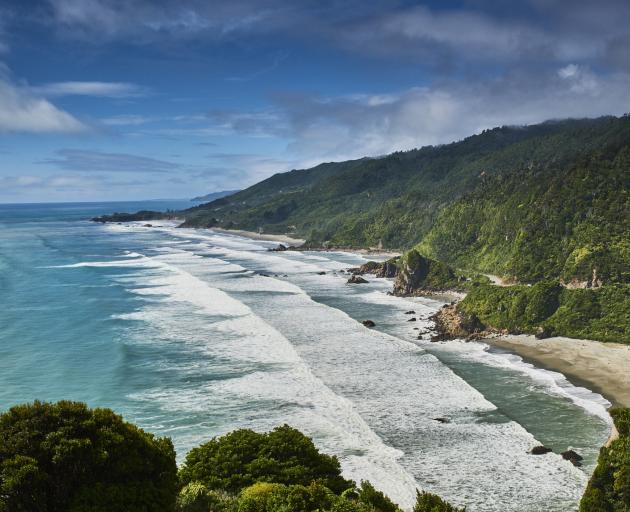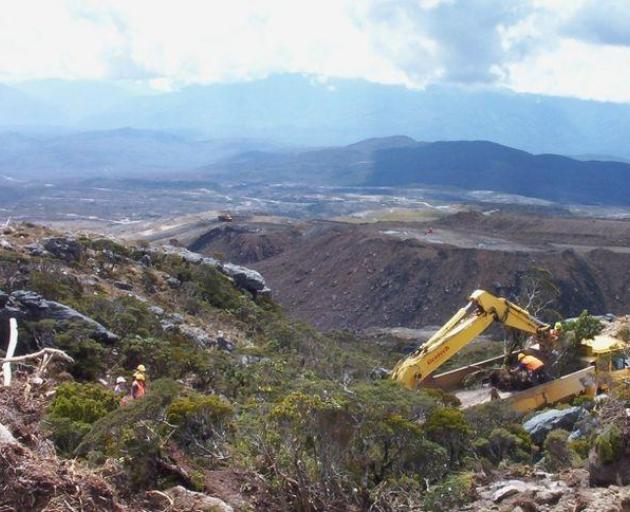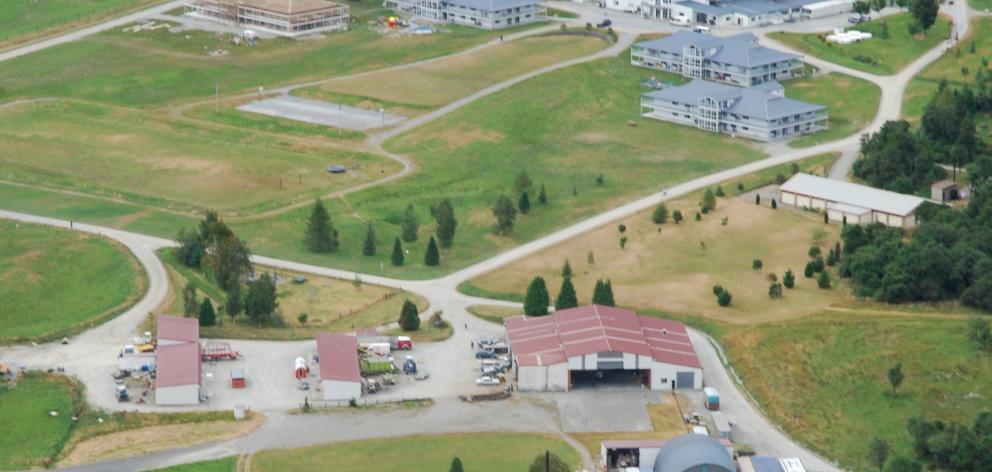
Planners working on a new district plan covering the entire West Coast are suggesting new special purpose zones or precincts for the Buller coalfield, tourist towns, Maori settlements and Gloriavale.
Council leaders and iwi are in the process of revising the old rules and creating new ones for a Te Tai o Poutini Plan - the document that will eventually regulate all three district councils in Westland, Grey and Buller.
So far the committee, meeting every two weeks, has looked at the usual land use zones, including commercial, residential, rural and industrial uses.

Planners fleshing out the document are now recommending more specific zoning for certain areas, so that activities normal to that zone will not in future need resource consent.
They are proposing future urban zones; hospital zones; port zones; stadium zones and Maori purpose zones - all categories set out in the national planning standards.
They are also suggesting two special purpose zones unique to the West Coast: the Stockton Mine would become the Buller coalfield special purpose zone. Franz Josef, Fox Glacier and Punakaiki would become high use visitor zones, potentially with their own residential and commercial precincts.
And Gloriavale would become a communal living precinct, within the rural zone.
In their report to the committee this month, the planners say the 1000ha Stockton Mine is the largest in New Zealand, has many decades of activity in its future and meets the test of significance to the region and the country.
Stockton is zoned rural but operates under a mining licence issued prior to the Resource Management Act. The licence will expire in 2027, after which the mine will need resource consents to operate, unless a special zone is created.
The Ministry for the Environment agreed that a special purpose zone was appropriate for Stockton and Department of Conservation staff had indicated they would not oppose it, the planners reported.
Other mining and quarrying sites on the Coast that did not qualify as special purpose zones could be also protected by becoming 'precincts' (sub-zones).

According to the policy, councils must avoid creating 'reverse sensitivity' effects: the conflicts that arise when new housing is allowed too close to mines, farms, industry, commercial activity or regionally important infrastructure.
"Staff therefore propose to include a quarrying and mineral extraction precinct within the rural zone to cover the main quarries for protection works and road building," the planners reported.
The precinct would include significant gravel and lime quarries such as the Fulton Hogan, Westreef and Avery gravel quarries, and the former Holcim lime quarry at Cape Foulwind.
Precinct status would also apply to the Strongman Mine, Island Block Mine, Giles Creek Mine, Mount Davy/Liverpool Mine, Echo Mine, Reddale Mine, Heaphy's Mine and two consented coalmines on the Denniston and Stockton plateaux - Cascade Mine (outside of the Stockton Mine Linz footprint) and Escarpment Mine.
It could also include sites such as Spring Creek, Pike River, Roa, Terrace and Waiuta where mining could start again in the future, and given the size of the Ross alluvial goldfield, it might also be placed within the precinct as well, the planners said.
The tourist towns, Punakaiki, Fox Glacier and Franz Josef qualified as special purpose zones because of their regional and national significance for tourism and internationally significant natural heritage features.
"While these settlements have 50 to 300 permanent residents, the residential population is largely meaningless in the face of the number of visitors, and the requirements that go with that around accommodation, commercial activities and tourism support such as helicopters."
The high use visitor zone could just apply to the commercial area - or the tourist towns could have commercial and residential precincts.
The religious community of Gloriavale did not fit the criteria for a special purpose zone - but could in future be dealing with less complex planning rules as a 'communal living' precinct.
The community at Lake Haupiri, east of Greymouth, is zoned rural but many of its activities fell outside that zoning and it needed multiple resource consents to function, the planners noted.
"The community is ... currently 600-plus people but with a high birth rate, so the numbers are increasing very fast ... in addition the community are investigating further industrial activities on the site, and are developing plans for their new site, Lake Brunner Station."
Activities on site included a school and crèhe; community buildings; a rendering plant; an airstrip and planes; an engineering workshop; honey processing and packaging; food processing and packaging; deer farming; dairy farming; recreational facilities; hunting lodge and on-site wastewater and water supply facilities at a community scale.
"A precinct within the rural zone is probably appropriate. This could be reasonably enabling of activities such as the residential and community buildings and educational facilities, while also ensuring appropriate oversight of industrial activities, and the development of wastewater and water supply facilities."

"Staff have considered the implications if the community were to vacate the sites. Then having the sites zoned rural (but with the community living precinct) would be better than (alternative) settlement status. If the community vacated the sites the dormitory style accommodation could be converted to something like a backpackers lodge, or outdoor pursuits facility fairly easily," the planners said.
The planners are also proposing a Maori purpose zone, to cover areas used mainly for activities that meet Maori cultural needs.
The zone would apply to all native reserves except the Mawhera Incorporation leased land in the Greymouth urban area.
"This is primarily land that was set aside under the Arahura Land Purchase Deed in 1860. It includes Arahura Marae, kainga and associated land around the Arahura River.
"A Maori purpose zone would provide that 'normal' activities for Maori lifestyle and tikanga would be permitted — for example marae, papakainga, kaumatua housing, kura, kohanga reo and wananga, as well as services such as medical facilities and other community activities," the planners said.
Maori land at Mahitahi/Bruce Bay and the Manakaiaua River, including some areas of schedule 2 wetland next to Lake Kini along with Te Tauraka Waka a Maui Marae would also be covered by the precinct.
The zone created the potential for co-governance between the runanga and the district council for those areas, the planners said.
(Ngati Mahaki iwi from Te Runanga o Makaawhio are appealing against the labelling of their whenua as a scheduled wetland, arguing that it was never Crown land and the regional council has no authority over it).
The Te Tai o Poutini Plan proposals will go out for consultation with communities and 'stakeholder' groups later this year.
By Lois Williams
Local democracy reporter












